LINK PAGE
Samples Firmware2_0
INSTRUCTIONS-ADOBY-
EXE-APPLICATIONS
UNZIPPED
Sony NXCAM Website
HXR-NX5U and HXR-FMU128 FLASH
Best Professional Review on the Internet that I know of - by Adam_Wilt
Page 1
2
3
Old NXCAM
FORUM - Adam Welz
ref. cea
NX5U Operators Manual
AVCHD Format
I will be posting my brief, simple review here soon.
I plan to compare the Sony NXCAM to
the Sony HDR-XR500 Handycam (AVCHD, G-Lens, like the NXCAM)
and the Sony FX-1 (HDV tape Professional Camcorder)
Pros:
Cons:
Background:
AVCHD
My opinion of AVCHD.
The human eye is easily fooled. Thomas Edison understood this weakness and
used it to his advantage
and invented the movie projector. After WW II, radar led to the
development of TV, and like Thomas Edison, interleaving was employed
using a single beam of light. Color TV came along using only three colors
to trick the eye into seeing many colors.
AVCHD, in my opinion, does an excellent job in improving our viewing experience
by fooling the human eye. However, each advent
of technology leaves the 'original' recording in a frozen state of it's
time. There is only so much one can do to convert
one format to another, and one median to another. I have an attic full of
vacuum tubes, floppy diskettes, open reel tapes,
and all of the equipment in its day to "keep it alive". AVCHD
will someday join my storage place in the sky. It will
never be any better than the day it was birthed, but then I accept that fact and
would not like to change it if possible.
I want to see the Wright Brothers take off in slow frame B&W, not in 3D.
About Me

My
name is Curtis Anderson. I am a 62 year old retired
electronics/communications technician.
I started shooting videos in 1972 using a Bell&Howell Super8 asa-100 color film
video only( no audio) camera.
In 1985, I upgraded to a RCA-VCR tape video camera. In the 1990's I moved
on to Super8MM and HDV camcorders.
Today I continue to upgrade my equipment, keeping all pervious cameras and
equipment in working order.
I feel I have a keen eye for video quality and a good understanding of video
content, formats, performance.
Copyright © 2010
www.wcast.info - All rights reserved.
Disclaimer.
PDF's: Europe(NX5E
NX5E) United States(NX5U
VegasPro9
EDIUS Pro 5 Final Cut
Pro 7 Adobe CS4)
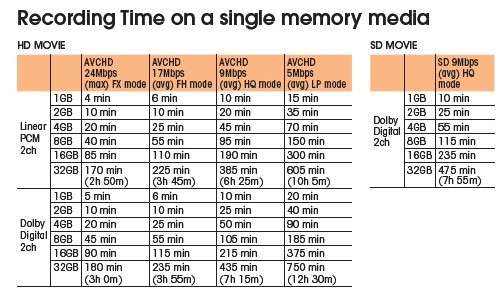
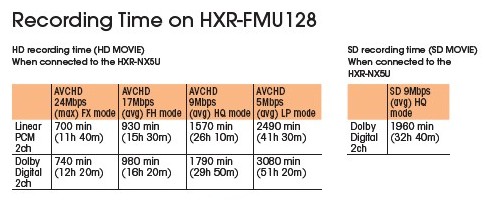
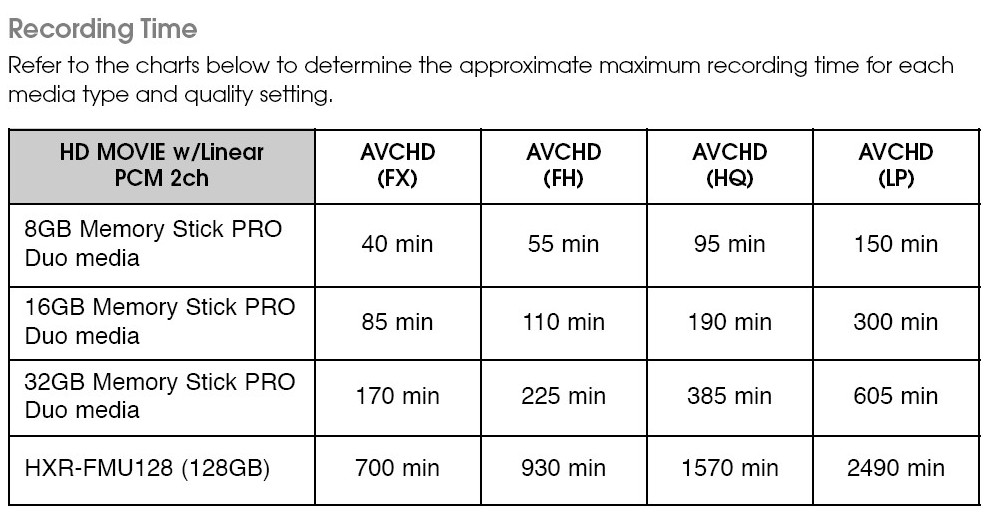
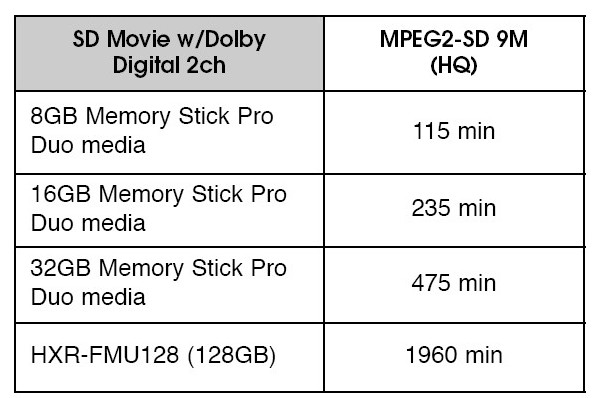
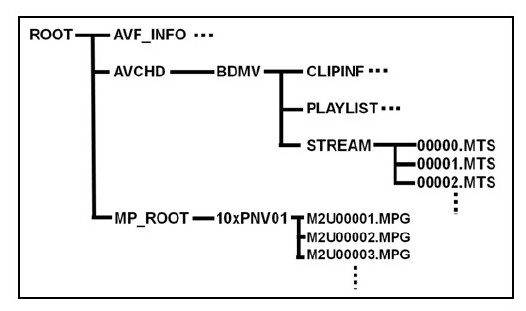
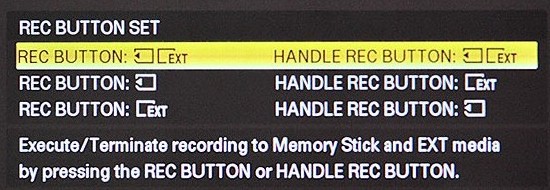
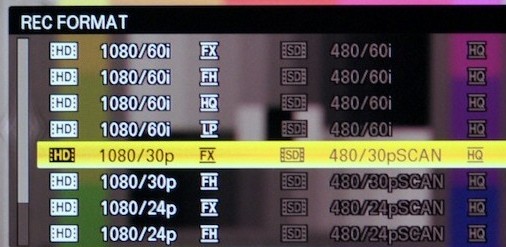
Solid State
Memory Information
Next to the battery, are
two Memory Stick slots, stacked vertically.
These Memory Stick slots also accept SD cards.
Memory Sticks face to the left and inserting SD must be inserted facing right.
If you insert a memory card into the slot in the wrong direction, the
memory card, the memory card slot, or image data may be damaged.
When the
access lamp is lit or flashing in red, your camcorder is reading/writing data.
Do not shake or knock your camcorder, turn the power off, eject the memory card,
or remove the battery pack. Otherwise, image data may be damaged.
If [Failed to create a new Image Database File. It may be possible that there is
not enough free space.] appears, then, format the memory card.
When inserting or ejecting the memory card, be careful to revent the memory card
from popping out and dropping.
Insert memory cards each in both slots A and B, so the camcorder switches
memory card A (or B) just before space on the other one runs out, and continues
recording on the next memory card automatically.
Do not
eject the memory card that is currently being used for recording. Replace only
the memory card whose slot lamp is off.
Even if you press the memory card slot button, A or B, while recording movies,
you cannot switch the slot currently being used.
When the remaining recording time of the memory card being used is less than 1
minute and the other slot has recordable memory card inserted, [ ] or [ ]
appears on the camcorder screen. The indicator turns off when the memory card is
switched.
If you start recording on a memory card with the remaining recording time of
less than 1 minute, the camcorder may not be able to relay-record. To
relay-record without fail, make sure that the memory card has more than 1 minute
when you start recording.
Seamless playback of relay-recorded movies with this camcorder is not possible.
You can re-combine relay-recorded movies using the supplied application
software (Windows only).
You can attach a flash memory unit HXRFMU128 (sold separately) to your camcorder
for recording movies.
To remove the flash memory unit, turn off your camcorder, and while sliding the
RELEASE lever in the direction of arrow, remove the flash memory unit. When you
do not use an flash memory unit, leave the flash memory unit jack cover
attached.
When the access lamp is lit or flashing in red, your camcorder is writing data
on recording media. Do not shake or knock your camcorder, or remove the battery
pack or the AC Adaptor/Charger.
Your
camcorder can record movies for about 13 hours.
If a movie file exceeds 2 GB during recording, the camcorder divides the file
and create a new file automatically.
The menu settings, the PICTURE PROFILE settings, and the settings made by the
AUTO/MANUAL switch are stored in your camcorder when you turn the POWER switch
to OFF. The access lamp lights up while the settings are being stored. If you
remove the battery pack or the AC Adaptor/Charger before turning off the power,
the settings may return to the default settings.
Sony specifies
PRO Duo Mark 2,
PRO-HG Duo, and
PRO-HG Duo HX.
For SD and SDHC, Class 4 or higher.
Memory Stick vs SD Cards
Sony argues speed advantages. The PRO-HG Duo HX, with a brisk 20MB/s transfer
rate, is fastest. Per Sony, 175 minutes of 24Mbps (1920×1080) AVCHD recorded to
a 32GB PRO-HG Duo HX card can be downloaded in less than 26 minutes compared to
73 minutes for a 32GB PRO Duo Mark 2. Although a
SanDisk Extreme SDHC
card is rated 30MB/s, Sony still claims a slight speed advantage for HX media.
(By comparison, the HXR-FMU128 flash module is said to download a third faster
than an HX-series Memory Stick.)
HDV-vs-AVCHD
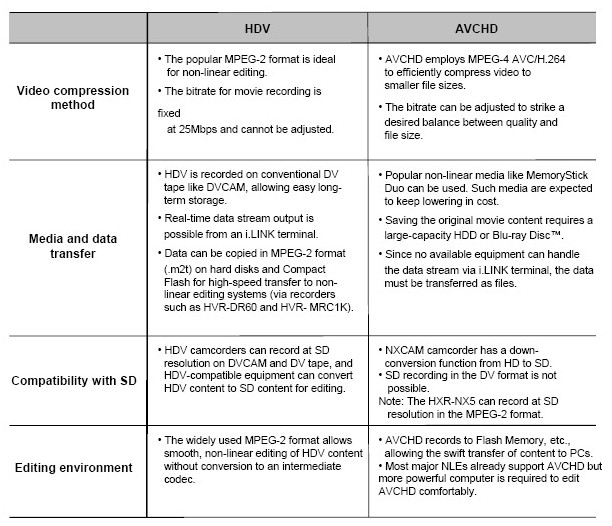
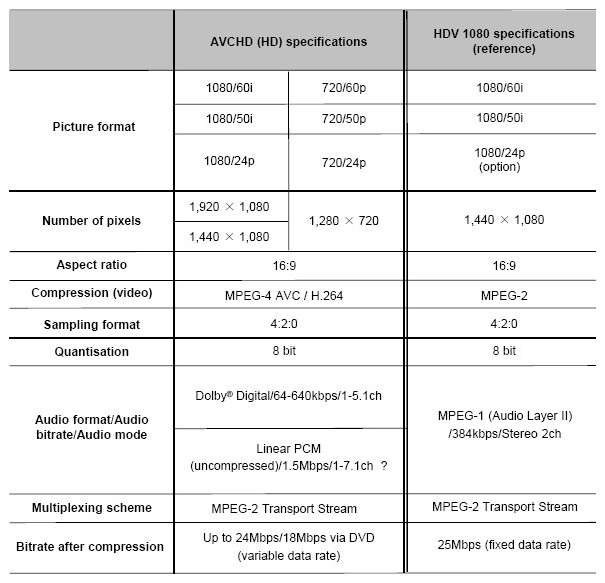
DVD-vs-BluRay
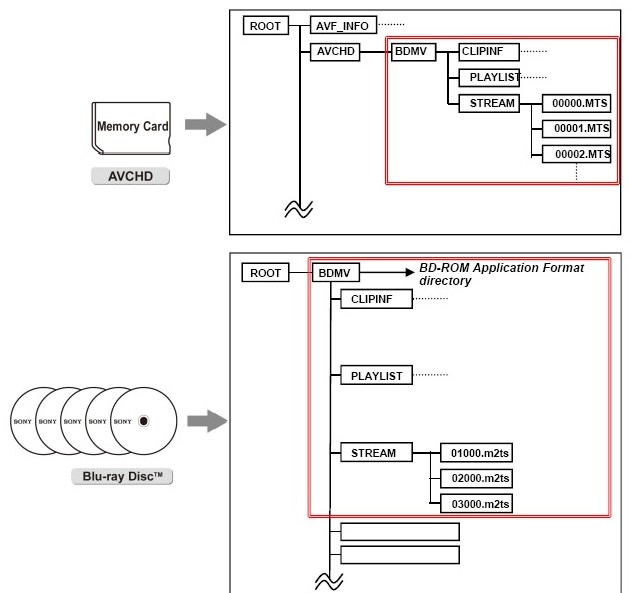
Word_Doc Pending










